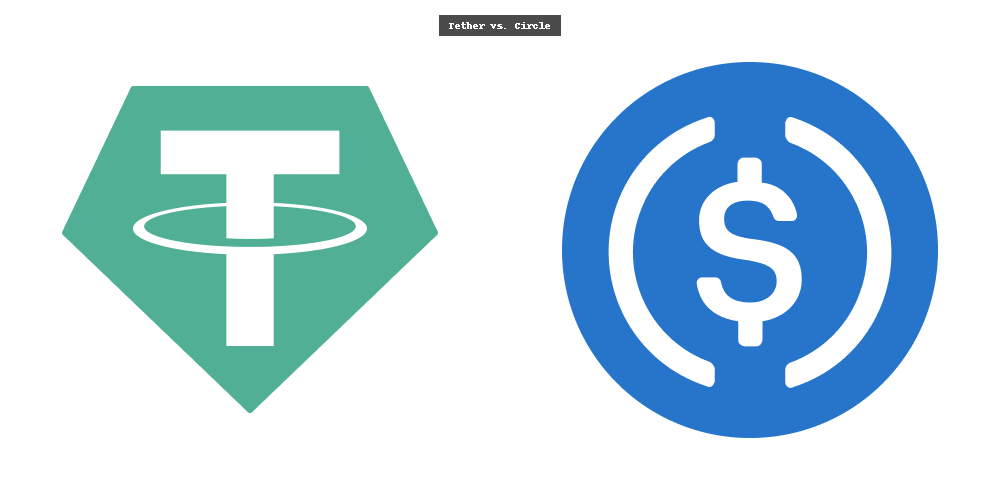The Interoperability Race: Cross-Chain Bridges, Cosmos, Polkadot, and the Quest for a Unified Ledger.

One of crypto’s biggest promises is an open financial system without silos. But today, the blockchain world looks more like a patchwork quilt: Ethereum, Solana, Avalanche, Cosmos zones, Polkadot parachains, and dozens more. Each is powerful in isolation but fragmented.
This fragmentation creates a fundamental question: How can assets and data move seamlessly across chains?
The answer lies in interoperability, a race that could define the next era of crypto adoption.
Why Interoperability Matters
Blockchains weren’t designed to talk to each other. Each chain has its own consensus, execution environment, and liquidity pool. This isolation causes:
- Liquidity Fragmentation: USDC on Ethereum ≠ USDC on Avalanche ≠ USDC on Solana.
- User Friction: Swapping assets across chains often requires clunky bridges.
- Security Risks: Billions have been lost in cross-chain bridge exploits (Wormhole, Ronin, Horizon).
For crypto to scale to billions of users, we need a unified ledger experience where moving assets between chains feels as smooth as sending an email.
Cross-Chain Bridges: The First Step
Cross-chain bridges are middleware that lock assets on one chain and mint synthetic versions on another.
- How they work: If you send ETH to a bridge from Ethereum → Avalanche, the bridge locks ETH on Ethereum and issues wrapped ETH on Avalanche.
- Problems: Bridges are honeypots. They concentrate funds in smart contracts or multisigs, making them prime targets for hacks.
Examples: Wormhole, Multichain (RIP), LayerZero.
While bridges were the first attempt, their fragility highlights the need for native interoperability.
Cosmos: The Internet of Blockchains
Cosmos takes a modular approach. Instead of one global chain, it offers a framework (Cosmos SDK + Tendermint) for building application-specific blockchains.
- Key innovation: Inter-Blockchain Communication Protocol (IBC).
- How it works: IBC lets Cosmos zones talk to each other natively—no bridges needed. Tokens and messages move securely between chains like Osmosis, Cosmos Hub, and dYdX v4.
- Strengths: Decentralized, trust-minimized, flexible.
- Weaknesses: Limited mostly to the Cosmos ecosystem (IBC adoption beyond Cosmos is still early).
Cosmos envisions a network of sovereign blockchains united by a shared communication layer.
Polkadot: Parachains & Shared Security
Polkadot takes a different route. Instead of independent sovereign chains, it connects parachains to a central Relay Chain that provides shared security and consensus.
- Key innovation: Parachains lease slots via auctions to connect to the Relay Chain.
- How it works: Once plugged in, parachains inherit Polkadot’s security and can communicate with each other seamlessly via XCMP (Cross-Consensus Messaging Protocol).
- Strengths: Strong security guarantees, unified architecture.
- Weaknesses: Limited parachain slots, high competition for access.
Polkadot envisions a cohesive multichain network with pooled security—less sovereignty than Cosmos, but more interoperability out of the box.
Ethereum’s Interoperability Vision: Rollups and LayerZero
Ethereum is also tackling interoperability, but from another angle: rollups.
- Optimism, Arbitrum, zkSync, and StarkNet scale Ethereum while keeping security anchored to Layer 1.
- Bridges between rollups (and eventually to external chains) will create an Ethereum-centric multichain universe.
On the middleware side, protocols like LayerZero and Axelar aim to be the “TCP/IP of blockchains”—messaging layers that allow arbitrary communication between chains.
The Quest for a Unified Ledger
Every interoperability design reflects a different philosophy:
- Bridges: Quick but risky band-aid.
- Cosmos: Sovereign chains linked by IBC.
- Polkadot: A cohesive network with shared security.
- Ethereum Rollup-Centric Roadmap: Many rollups, one settlement layer.
The race isn’t just technical,it’s about network effects. The stack that gains developer adoption, liquidity depth, and user trust will shape the future.
Conclusion
Seamless cross-chain movement is the missing infrastructure for crypto mass adoption. Whether Cosmos’s sovereignty, Polkadot’s shared security, or Ethereum’s rollup-centric vision wins, the endgame is the same:
A world where blockchains fade into the background, and users interact with a unified ledger not 50 different chains.
Interoperability isn’t just a feature. It’s crypto’s destiny.



Comments ()